In modern automotive engineering, improving engine efficiency is a constant goal. One essential component contributing to this is the turbocharger solenoid valve. This small yet powerful part plays a crucial role in managing the turbocharging system, ensuring that the engine receives the right amount of compressed air at the right time. Alongside other automotive parts, such as the car parts water pump, turbocharger valves help maintain engine performance, fuel efficiency, and emission control.
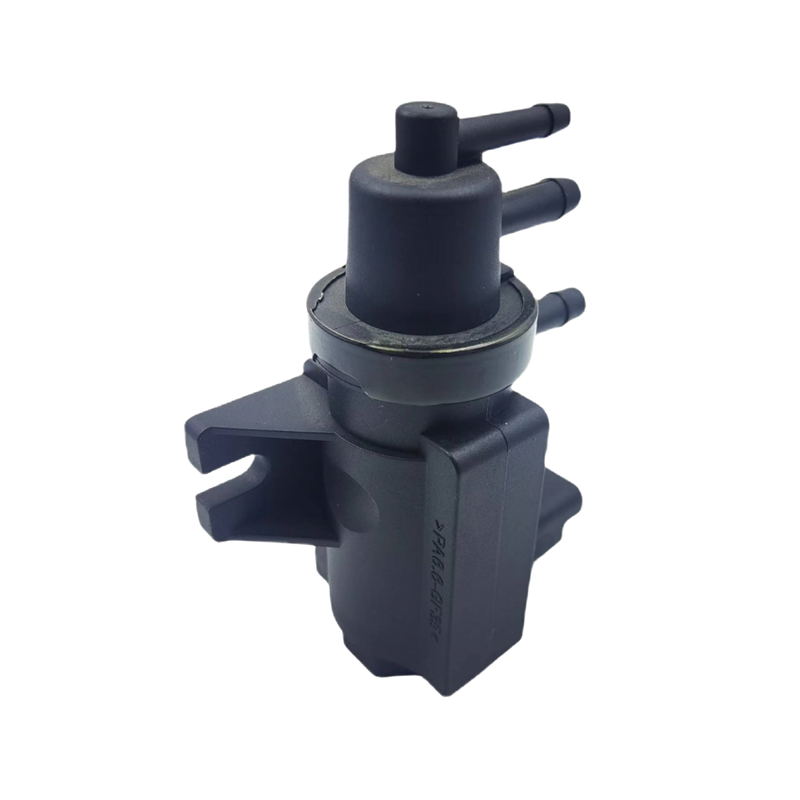
Understanding Turbocharger Solenoid Valves
A turbocharger valve is responsible for controlling the boost pressure in a turbocharged engine. It regulates airflow and ensures that excess pressure does not build up within the system. Without proper regulation, an engine can experience power losses, inefficient fuel consumption, and even mechanical damage.
This valve operates through an electronic or vacuum-based control system. When the engine demands additional power, the valve adjusts the wastegate or variable geometry mechanism to optimize airflow into the combustion chamber. This process improves combustion efficiency, resulting in better fuel economy and reduced emissions.
The Role of Turbocharger Solenoid Valves in Engine Efficiency
1. Boost Control for Consistent Performance
A turbocharger works by forcing extra air into the engine, increasing power output. However, too much pressure can advance to engine knock or unnecessary strain on internal components. The turbocharger valve prevents this by precisely managing airflow. This balance ensures that the engine performs efficiently across various driving conditions, from city traffic to highway speeds.
2. Fuel Economy Enhancement
By regulating the air-to-fuel ratio, the turbocharger solenoid valve helps engines consume fuel more effectively. When the turbocharger delivers the right amount of compressed air, combustion occurs more completely, reducing wasted fuel. As a result, drivers can experience lower fuel consumption without sacrificing power.
3. Emission Reduction
Modern vehicles must meet strict emission regulations. A properly functioning turbocharger valve plays a role in reducing harmful exhaust gases. By ensuring efficient combustion, the engine produces fewer unburned hydrocarbons and nitrogen oxides. This not only benefits the environment but also helps vehicles comply with emission standards.
The Connection Between Turbocharger Valves and Other Automotive Parts
Car Parts Water Pump and Engine Cooling
The car parts water pump is essential for maintaining the engine’s temperature. While the turbocharger valve optimizes airflow, the water pump ensures that excess heat generated by the turbocharger is properly dissipated. If a vehicle’s cooling system fails, excessive heat can affect turbocharger performance, pilot to inefficient combustion and potential engine damage.
A well-maintained water pump helps regulate coolant flow, preventing overheating and ensuring that the automotive parts work together to sustain engine performance. Without adequate cooling, a turbocharged engine may experience reduced efficiency and reliability over time.
Integration with Other Automotive Parts
The turbocharger solenoid valve does not work in isolation. It interacts with various automotive parts, including the engine control unit (ECU), intake manifold, and exhaust system. These components work together to adjust air pressure, fuel injection timing, and exhaust flow. Any malfunction in these systems can negatively impact turbocharger efficiency.
For example, if the intake system has leaks or blockages, the turbocharger may not receive sufficient air, reducing overall efficiency. Similarly, a clogged exhaust system can cause backpressure, affecting turbo performance. Regular maintenance of these car parts ensures that the turbocharger system functions smoothly.
Maintenance and Longevity of Turbocharger Solenoid Valves
Like all automotive parts, turbocharger valves require proper maintenance to ensure long-term efficiency. Here are some key maintenance practices:
Regular Inspections: Checking for wear and tear in hoses and electrical connections helps prevent failures.
Cleaning and Lubrication: Over time, dust and oil buildup can affect valve movement. Keeping components clean ensures smooth operation.
Monitoring Boost Pressure: Unusual fluctuations in boost levels may indicate a malfunctioning turbocharger solenoid valve. Diagnosing these issues early can prevent costly repairs.
Coolant System Maintenance: Since turbochargers generate heat, maintaining the car parts water pump, and cooling system prevents overheating, which could affect the turbocharger valve.
The turbocharger solenoid valve plays an important role in improving engine efficiency by optimizing boost pressure, enhancing fuel economy, and reducing emissions. When combined with other automotive parts, such as the car parts water pump, it contributes to a well-balanced and high-performing engine system. Regular maintenance of these components ensures that vehicles operate efficiently, providing both power and reliability for drivers.

 English
English русский
русский Español
Español

 View More >>
View More >>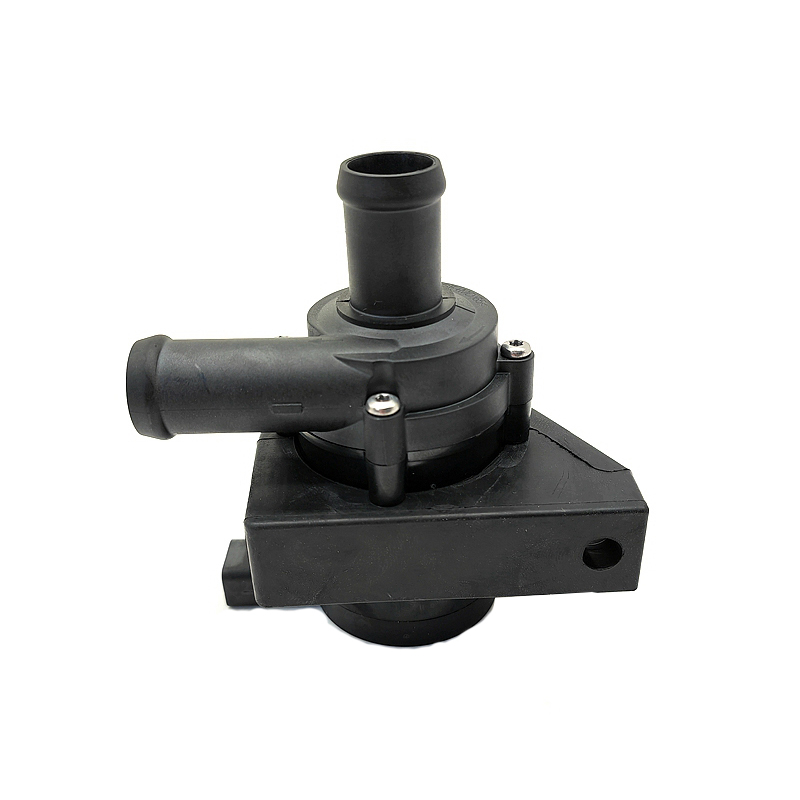 View More >>
View More >>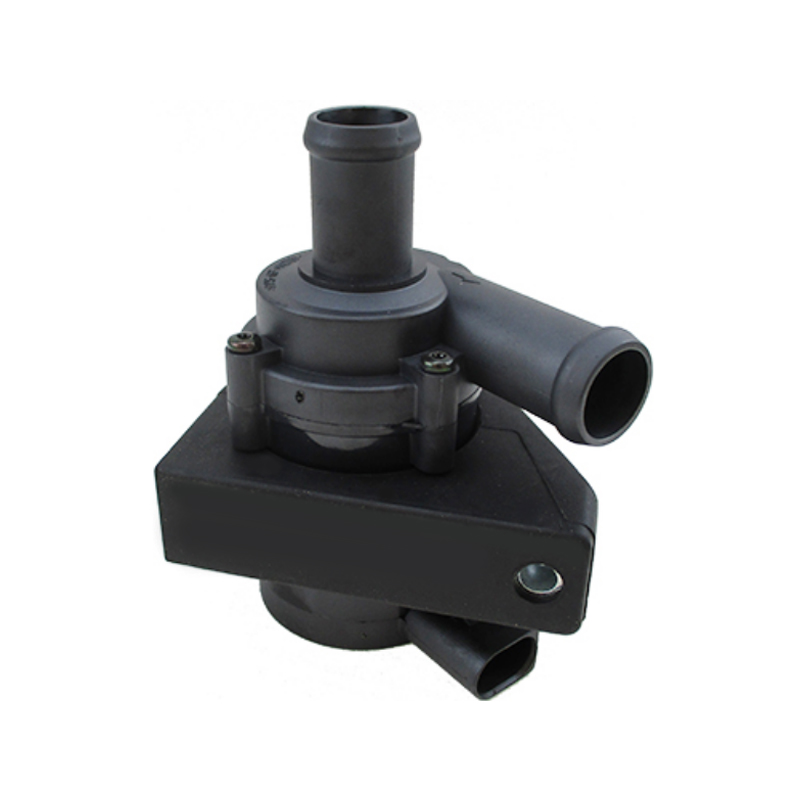 View More >>
View More >>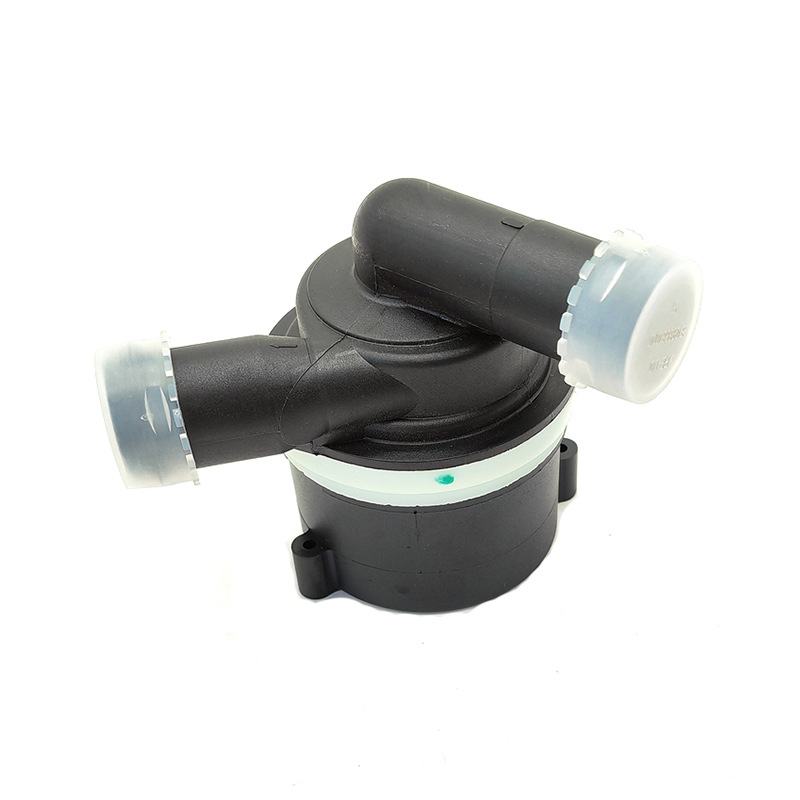 View More >>
View More >>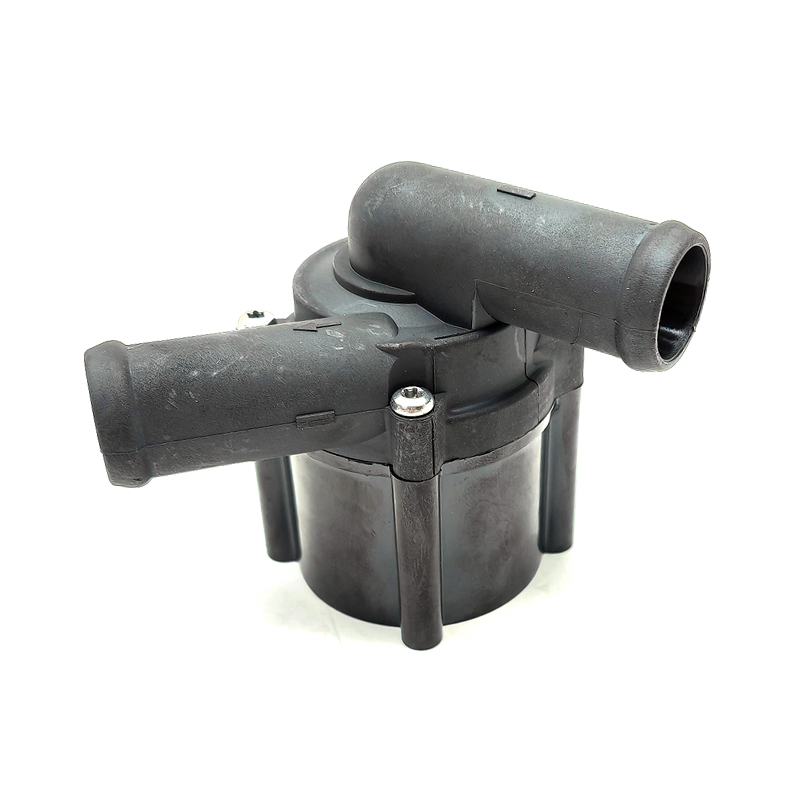 View More >>
View More >>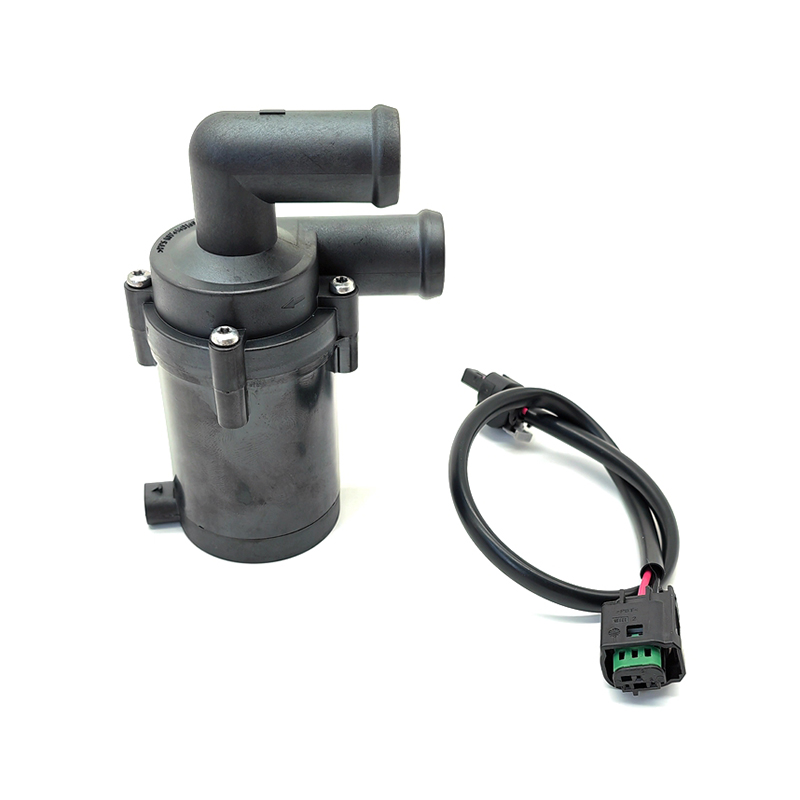 View More >>
View More >>